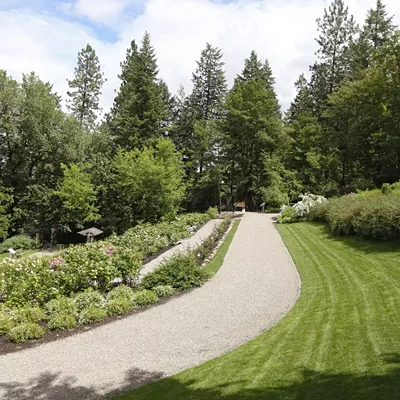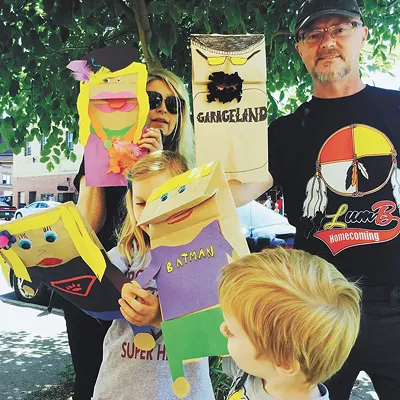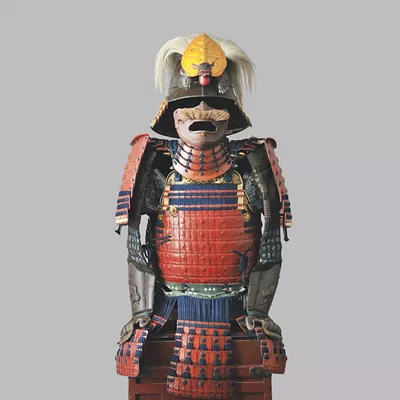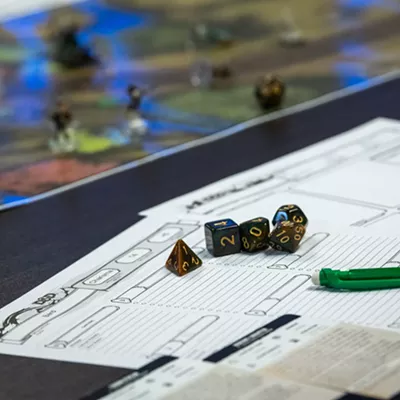As history runs its unpredictable course, places that once flourished inevitably give way to the whims and advancements of modern society. Victims to the material impulses of humans, these places quietly fall into disrepair, as memories of them grow dim and die with the people who knew and frequented them.
But time can also bring some of these once-celebrated places back to life, if only because of a coincidental discovery by a curious or nostalgic individual. It’s this kind of fated timing that sparked a chain of events which helped to revive a forgotten gem of Spokane’s formative years: the Moore-Turner Heritage Gardens.
Though the lower South Hill gardens — which extend up a steep incline off of West Seventh Avenue, and are only slightly visible from the winding footprint of Stevens Street as it snakes up the hill — reopened to the public in 2007 after a 10-year restoration process, to many locals their story remains unknown.
For those who recall being charmed during childhood by Frances Hodgson Burnett’s classic children’s novel The Secret Garden, a century-old tale that also has withstood the test of time, the modern story of the Moore-Turner Gardens inspires the same fascination. At the same time, the story of the gardens’ demise and eventual revival is a reflective study of the impulsiveness and ease by which we let the past succumb to the future.
The Moore-Turner Gardens were completed during a period from 1911-14 when the Kirtland Cutter mansion on the property was owned by U.S. Senator George Turner and his wife Bertha. Nearly 100 years ago, the gardens entertained political dignitaries including William Jennings Bryan and Teddy Roosevelt, as well as many other prominent people during Spokane’s boom years at the turn of the 20th century. The wives of the city’s wealthy, influential men would have gathered for afternoon teas with Mrs. Turner, held in the gazebo at the top of the gardens, looking out onto a bustling early version of downtown.
The mansion eventually was torn down in 1940 after the Great Depression devastated the country and Spokane, leaving many formerly wealthy families with nothing. With the Moore-Turner home gone, the gardens were left untended. Over time the terraced hillside — with its reflection ponds, basalt retaining walls and hand-built rock stairways — was forgotten.
The continued expansion of Spokane in the decades that followed left the gardens mostly untouched.
Then a greater fate stepped in.
After the ice storm of November 1996 devastated trees along the hillside, Lynn Mandyke — then director of the nearby Corbin Art Center — noticed some of the gardens’ previously hidden features.
Just as Burnett’s fictional Mary Lennox was intrigued by the off-limits and overgrown secret garden, Mandyke was inspired to research what had been, and her passion to revive the Moore-Turner Gardens sparked a 10-year restoration process. Yet the gardens would not be what they are today had there not been old newspaper articles and historic photographs depicting what had once existed, Mandyke says.
Today, as visitors meander up the mossy basalt stairways and crunching gravel paths, overlooking the bustling city from a peaceful and quiet vista, they can easily imagine what it would have been like there 100 years ago. Some, including this writer, might be awed by the gardens’ mere existence, and the unlikely chance that so many unconnected events lined up over a century’s time, allowing its past to be revealed and its purpose renewed.
























